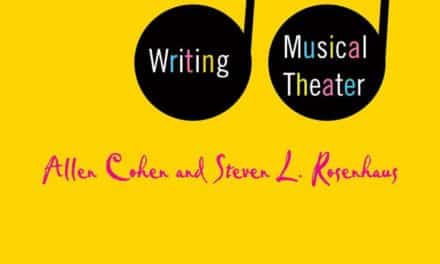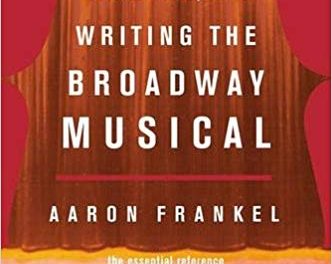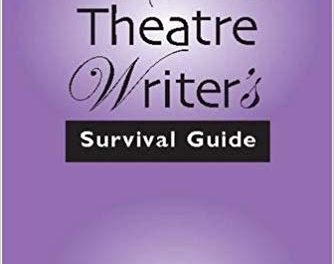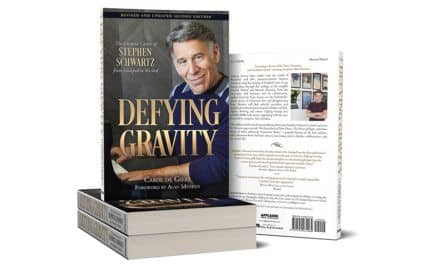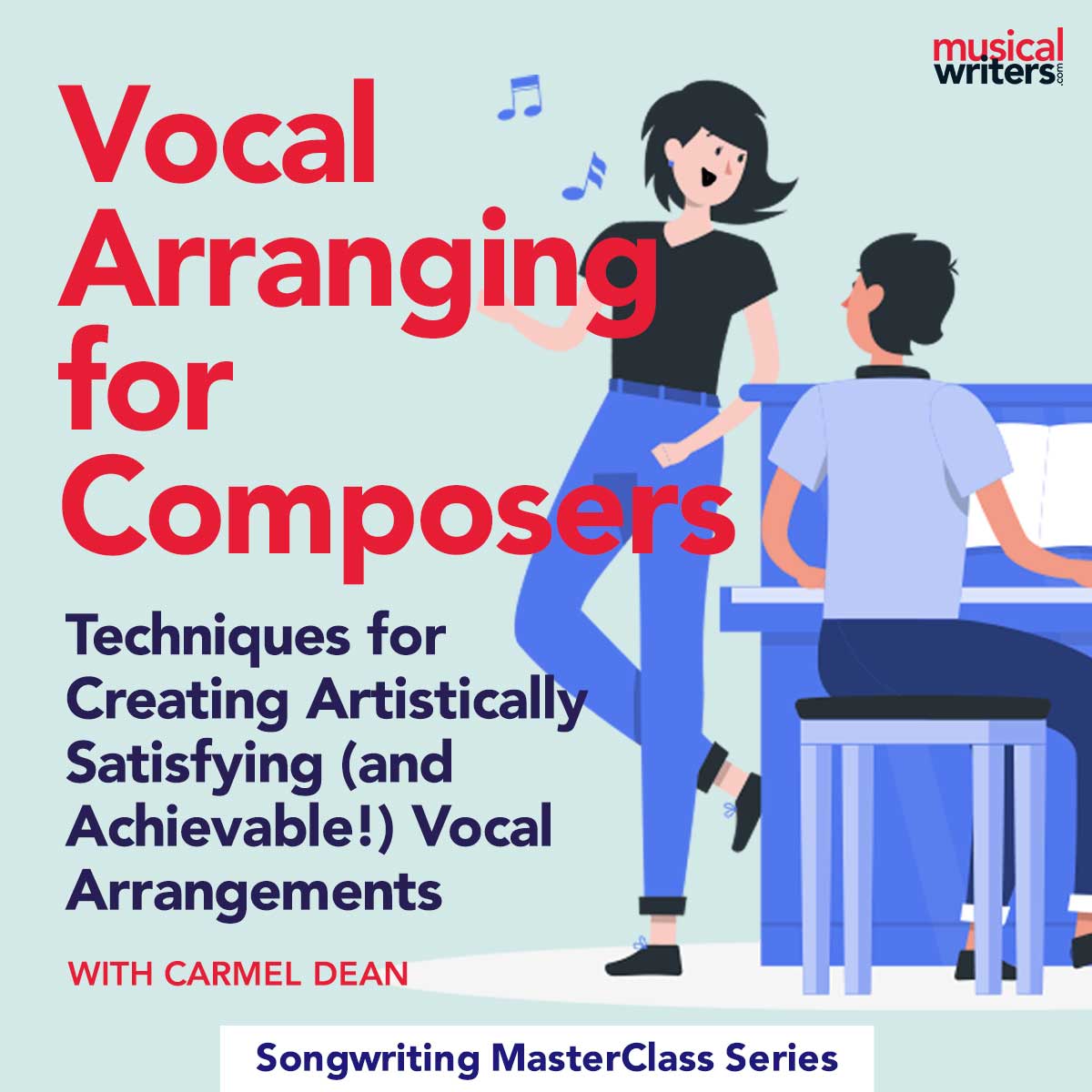REVIEW: ‘Making Musicals’ is book writer and lyricist Tom Jones’ intimate introduction to the business that he and composer Harvey Schmidt have been associated with since their first collaboration at the University of Texas in the late 1940’s. There the boys scored big time by writing an extra-curricular musical revue titled ‘Hipsy-Boo!’ They opened the show with eight scantily clad co-eds vamping the lucky fellas in the first row of the theatre to the rattle of a ragtime tune. “I hardly need tell you,” Jones assures us, “That this show was a smash.”
No man in that audience was more seduced by the experience than Tom Jones. And so began a love affair with a theatrical form that he continues to practice nearly sixty years later. It is an affection that infuses this book that combines a primer with a mash note to the stage.
‘Making Musicals’ is a very readable work. Genial wisdom tumbles out of the author like apples from an overturned basket. Jones relates the struggles of other well-known writers with a been-there-done-that sense of kinship. “The best a ‘teacher’ can do,” he states modestly, “Is to point out the problems and possibilities.” And so he does.
“The shape of musicals is always changing,” Jones asserts. To support his claim, he devotes the first half of the book to a compact history of American musical comedy. Much of the information is familiar, but Jones uses it to demonstrate how we’ve arrived at the elements that comprise most modern musicals. Minstrel Shows begat Vaudeville which begat the kind of varied musical programming that is common in successful theatre scores. The Princess Theater’s small, contemporary shows bridged the gap from operetta’s stock lovers to the rounded relationships in Rodgers and Hammerstein’s work. And that opened the door to the complicated characters that present day audiences meet.
The later, longer half of the book works as both practical advice to the beginning writer and a series of gentle reminders for those of us with more experience. Jones avoids oversimplification. He never turns his approach to writing into a formula. “Rules make me nervous,” he confesses. “They limit the possibilities.” Yet, Jones manages to distill a lifetime of experience into eight useful chapters. He often uses his own shows to illustrate what he feels does and doesn’t work.
Perhaps the best lesson to be learned from ‘Making Musicals’ is one that isn’t actually in the book. During its writing, Jones was also deep into the development of ‘Grover’s Corners,’ a musical based on ‘Our Town’ that was to have starred Mary Martin. When Ms Martin succumbed to cancer the rights were withdrawn, then reinstated, and then withdrawn again. ‘Grover’s Corners’ has remained largely unseen.
Yet, Jones has soldiered on and written two other musicals since: ‘Mirette’ and ‘Harold and Maude’ “the later with music by Joseph Thalkin. As the lyric hook to one of his most popular songs states, Jones’ “cup” continues to “runneth over with love” of making musicals. Fortunately for us, he shares that love in this wonderful book.
NOTE: As a companion to ‘Making Musicals,’ I recommend that you get a hold of a copy of the original cast recording of ‘The Show Goes On.’ It is a revue of Jones and Schmidt’s theater songs with Tom as narrator and Harvey at the keys. It is available on cd from DRG Records, Inc.


